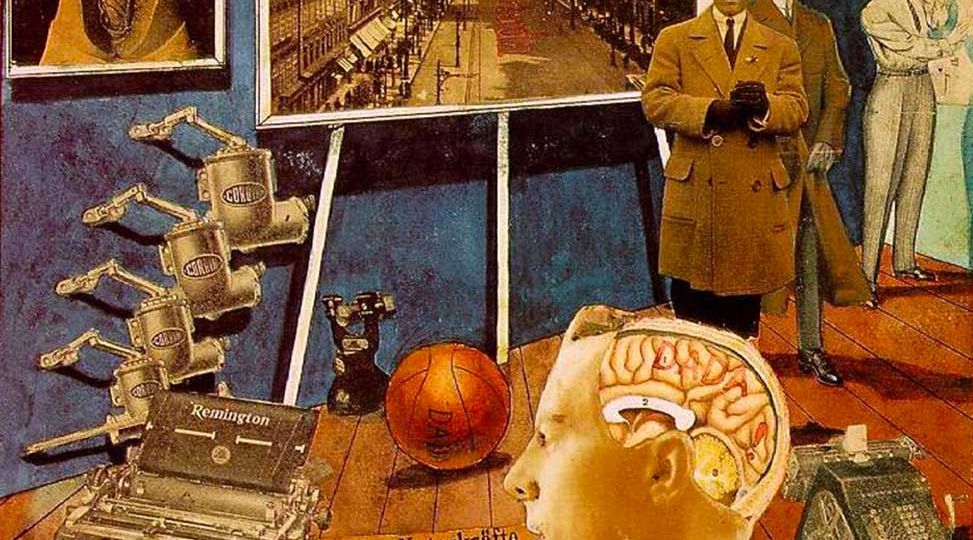I allowed myself to take a little vacation from my single-mindedness and felt a shift in attitude and awareness almost immediately. My linear, tunnel-vision mindset relaxed, and I began to notice and embrace information, insights, and opportunities that came along unexpectedly and felt important despite having no logical connection with the task at hand.
INTJ
The typical debate, –’Profiling is bad!’ vs. ‘We’re not profiling!’&ndsh; has not been particularly productive. Racial and ethnic stereotyping continues despite decades of public condemnation. It seems to me that the questions we really need to be considering are more along the lines of: ‘What is profiling?’ ‘How and when does it lead to bad outcomes?’
In our home ‘to J’ is a commonly used verb. “Who J’d the gaffer tape?” means, “Who put the gaffer tape away somewhere where I can’t find it?” My J-preferenced housemates need predictable order; I need a multitude of choices always visibly at hand. They like surfaces clear and relatively tidy. I need everything out where I can see it.
If the dreamer is willing to work a dream from a psychological type perspective and the therapist has the knowledge to do so, then bringing type to dream work can be helpful. I utilize this approach either when I see an aspect of psychological type present or when I cannot make heads or tails of a dream by taking other approaches.
Which functions do we use when we engage in Jung’s favorite form of internal reflection? Jung conceived of this unique form of meditation as a vehicle for building a bridge between consciousness and unconsciousness, and for connecting our personal unconscious with the collective unconscious. Introverted intuitives seem to embrace this exercise …
First comes the development of the Hero; next is the “fall,” which brings awareness that something is missing, leading to the rejection of the heroic inflation and the longing for more. Then comes the real “journey,” holding the tension between our highly conscious dominant/superior function and our much less conscious inferior function.
I concluded that I simply did not have the requisite attributes to lead. I now realize that a number of other members of my section were also introverted, and that the majority of people in the unit, Green Berets or otherwise, were not necessarily extraverted; but the organization itself wore a collective persona that was extraverted in appearance.
Do you use your dominant function-attitude confidently? Heroically? Do you know when to trust it, even if no one else does? Many people grow up in families and/or cultures that don’t support their preferred ways of seeing the world and operating in it. So underdevelopment of our naturally preferred functions is probably a common type-development issue …
I describe here how I discovered a new way to find the function-attitudes—the ‘building blocks’ of personality type—associated with any set of MBTI® results. I discovered this method almost by accident. My goal was to form teams of graduate design students working together to conceive, build, demonstrate, and report on a physical project.
Jung considered all of the types that the MBTI® code identifies as I—J to be Perceiving types, and all I—Ps to be Judging types, because his use of the terms focuses on the dominant. Myers, however, focused on the extraverted function. So, are I—Js really ‘organized, scheduled, and decisive’ and I—Ps ‘spontaneous, casual, and flexible?’











